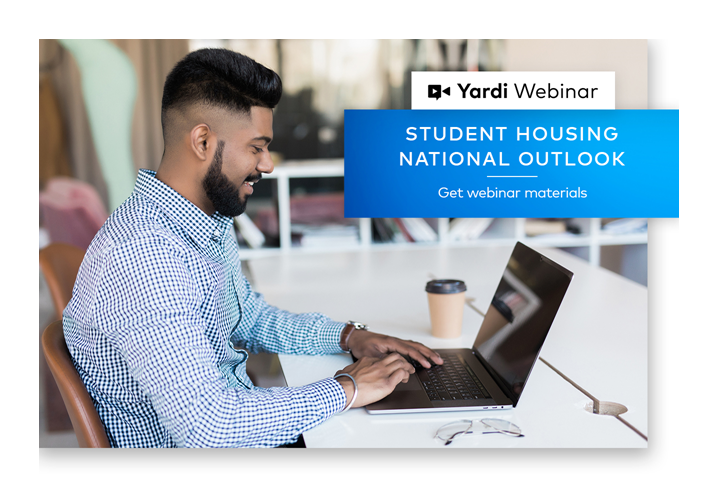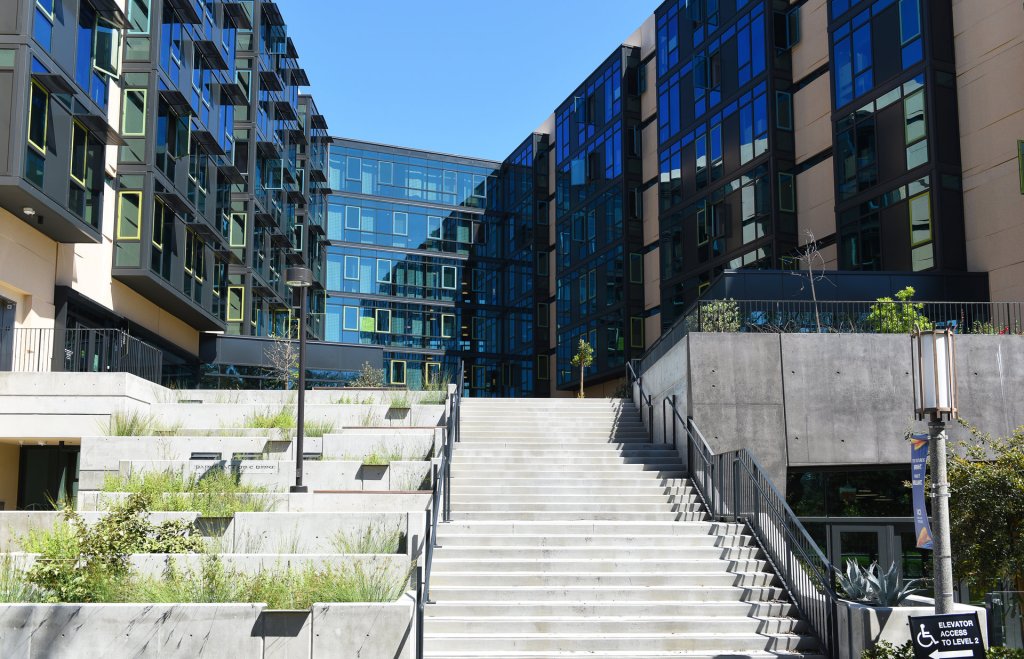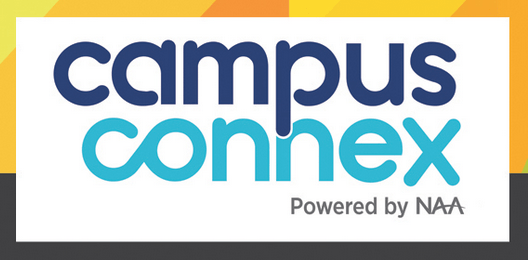Student Housing’s Strength
Sector shows resiliency, says Yardi Matrix
Despite massive disruption to in-person learning protocols, demand for off-campus, purpose-built student housing remains strong, according to a webinar and a new bulletin from Yardi Matrix. “College students don’t want to live at home. And their parents seem quite amenable, if financial circumstances allow it, for them not to live at home,” said Jeff Adler, […]














